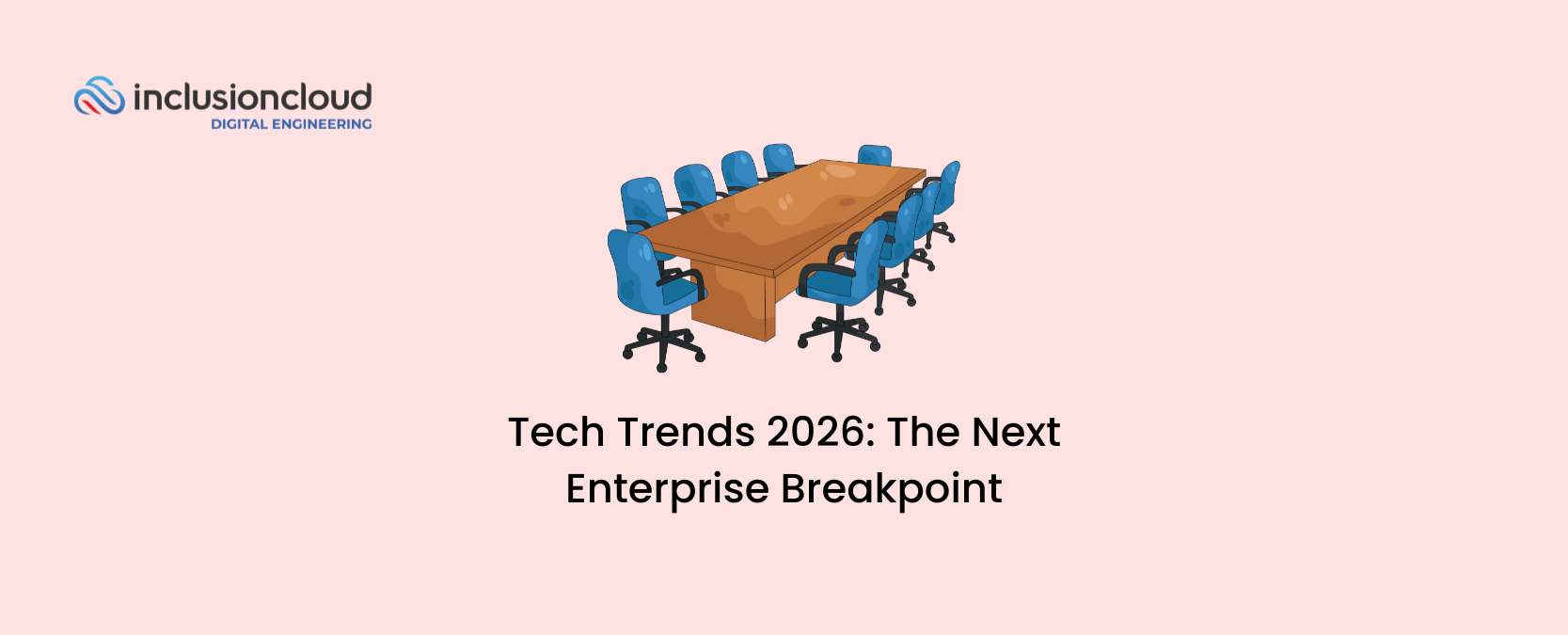The marketing landscape is undergoing a significant transformation, driven by the exponential growth of artificial intelligence. A McKinsey & Company report found that 80% of marketing leaders believe AI will be critical to their success in the next five years. AI technologies are fundamentally changing how businesses interact with customers, enabling hyper-personalization, streamlined efficiency, and deeper customer engagement.
By leveraging AI-powered analytics, companies can glean valuable insights from vast amounts of customer data. This empowers them to create targeted marketing campaigns that resonate with specific audience segments, leading to higher conversion rates and an increased return on investment (ROI). AI is also automating repetitive tasks, freeing up marketing teams to focus on strategic initiatives, and fostering more creative and engaging customer experiences.
Hyper-Personalization of Customer Experiences
Throughout the context of information overload, the need for relevance has pushed marketers to the golden grail of hyper-personalization.
As we delve deeper into the capabilities of AI, it becomes apparent that crafting individualized marketing journeys is not just a possibility but a reality. AI’s prowess in analyzing customer data, including purchase history, preferences, and online behavior, is transforming the landscape of personalized marketing. Sources like Harvard Business Review and the Marketing AI Institute highlight the pivotal role of AI in enabling businesses to send out marketing messages and product recommendations that resonate on a personal level with each customer.
The pathway to implementing an AI-driven personalization strategy can be distilled into a few critical steps. The journey begins with data collection, where businesses gather comprehensive insights into their customers’ behaviors and preferences. Following this, data analysis through AI algorithms allows for the identification of patterns and trends, enabling marketers to predict future behaviors and tailor their strategies accordingly. The final piece of the puzzle is automated content delivery, where AI tools ensure that personalized content reaches the right customer at the right time, maximizing impact and engagement.
Anticipating Customer Needs with AI
Moving beyond personalized experiences, AI is empowering businesses to proactively engage with customers by predicting their future needs and behaviors. This forward-looking approach, powered by predictive analytics, allows companies to anticipate customer actions before they occur, enabling them to:
- Forecast sales: AI models can analyze historical data and market trends to predict future demand for products and services. This information is crucial for optimizing inventory management, allocating resources efficiently, and developing targeted marketing campaigns.
- Identify churn risk: By analyzing customer behavior patterns, AI can predict which customers are at a higher risk of churning. This allows companies to intervene proactively with personalized offers and support, potentially reducing churn rates and retaining valuable customers.
- Personalize marketing efforts pre-emptively: Leveraging insights from predictive analytics, marketers can tailor marketing messages and recommendations based on anticipated customer needs and preferences. This preemptive approach fosters a more intuitive and engaging customer experience.
Setting up predictive models requires expertise and access to relevant data. Here are some key steps:
Define the objective
Identify the specific customer behavior you want to predict (e.g., purchase, churn, product preference).
Gather historical data
Collect relevant customer data points, such as purchase history, website interactions, and demographic information.
Choose the right AI model
Select an appropriate AI model, such as regression analysis or decision trees, based on the specific goal and data characteristics.
Train and test the model
Train the model on historical data and subsequently test its accuracy on unseen data.
Refine and monitor
Continuously monitor the model’s performance and refine it as needed to maintain its effectiveness as data and customer behavior evolve.
Enhancing Customer Support with Intelligent Conversations
Integrating AI chatbots into websites and social media platforms is a strategic move toward automating customer service. This process involves embedding the chatbot into the platform’s interface, ensuring it’s the first point of contact for customer inquiries. Training these chatbots involves feeding them vast amounts of data, including frequently asked questions, customer service scenarios, and language processing capabilities. This training enables them to handle a wide array of customer interaction scenarios with ease and efficiency.
The benefits of deploying AI-powered chatbots are manifold. Notably, they free up human resources to tackle more complex and nuanced tasks. According to insights from Forbes, chatbots can significantly enhance user retention and customer loyalty by ensuring smooth conversations. Moreover, chatbots excel in functions like interaction, entertainment, problem-solving, trendiness, and customization, thereby enriching the customer service experience.
In summary, the integration of AI chatbots offers several key benefits:
- Reduced operational costs: Chatbots can handle routine inquiries, freeing up human agents to focus on more complex customer interactions and strategic initiatives.
- Improved customer satisfaction: 24/7 availability and faster response times can enhance customer experience and boost satisfaction.
- Increased brand loyalty: Providing efficient and personalized support can foster positive brand perception and loyalty among customers.
Leveraging AI for Dynamic Content Marketing
AI is radically transforming this domain by automating and enhancing content generation and curation processes, making it possible for brands to maintain a dynamic and engaging online presence.
AI tools are now capable of generating article ideas, producing written content, and curating material across various platforms with unprecedented efficiency. This not only streamlines the content creation process but also ensures that the output is both high-quality and aligned with audience interests.
To leverage AI for content marketing, businesses can follow a structured approach:
- Identify the Right Tools: Select AI-powered content tools that fit your brand’s needs. Tools like Jasper and Grammarly can assist in generating ideas, drafting content, and ensuring grammatical accuracy.
- Customize Content for Different Platforms: Utilize AI to tailor content for specific platforms, optimizing for the unique audience and format of each. This customization enhances engagement and broadens reach.
- Analyze Performance Data: Employ AI-driven analytics tools to gauge the performance of your content. Insights gathered can help refine strategies, ensuring content resonates well with your target audience.
- Automate and Schedule: Automate the scheduling of content across platforms. This ensures a consistent and timely content flow, keeping your audience engaged.
Optimizing Advertising Campaigns with AI
AI’s prowess in analyzing vast campaign data in real time enables quick strategy adjustments for precision targeting. This not only enhances ad effectiveness but also ensures budget allocation toward the most promising ads. Statista estimated that advertising spending enabled by the usage of AI reach $370 billion in 2022. According to the forecast, AI-enabled ad spending would climb significantly, hitting $1.3 trillion by 2032.
That translates to the fact that AI-driven automation of ad placements guarantees ads reach the right audience at the optimal moment, significantly boosting engagement and returns.
The technology’s predictive capabilities also forecast future buying behaviors, offering a strategic edge in proactive customer engagement. However, as AI navigates personal data for targeted ads, it brings to light privacy considerations, urging a balanced approach between customization and consumer rights.
AI in advertising represents a strategic leap, enabling more accurate, efficient, and impactful ad campaigns. It’s reshaping advertising into a dynamic, data-driven field that promises enhanced ROI and sets new industry standards.
Conclusion
As AI technology continues to evolve at a rapid pace, embracing a culture of continuous learning and adaptation will be crucial for businesses to stay ahead of the curve. By exploring and adopting AI solutions, businesses can gain a competitive edge and future-proof their marketing strategies.
Ultimately, the true potential of AI in marketing lies not just in transforming practices but also in forging deeper, more meaningful connections with customers. By understanding individual needs and preferences, AI can empower businesses to deliver truly personalized experiences that resonate on a deeper level.
Ready to explore the exciting possibilities of AI in marketing? Follow us on LinkedIn for more AI insights, guides, and industry updates.





